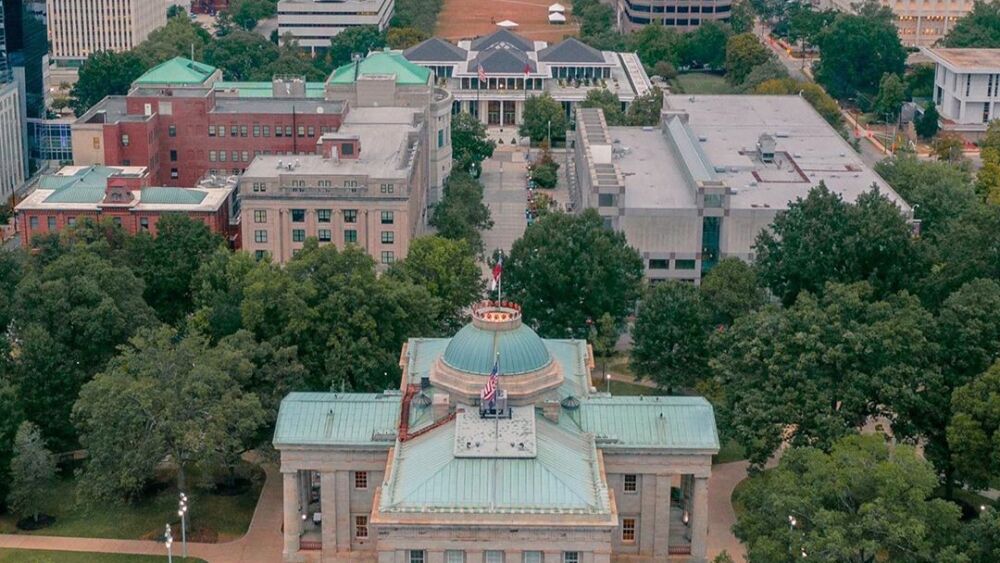On Monday, three N.C. judges blocked our current congressional map from being used in the November 2020 elections, citing that voters are likely to win a pending lawsuit — which has been moving up the courts — because current voting districts were drawn in a partisan way.
This block (or injunction as it’s officially called) means that a new congressional map will likely be redrawn for N.C., and voters will be remapped into new districts. This is in addition to the legislative map redistricting that occurred last month.
“How did we get to this point?” You might ask. Here’s a brief timeline to break down the highlights:
- In June, the U.S. Supreme Court ruled that federal courts should not be involved with gerrymandering disputes (see our Word in the news notes below).
- In September, a state court ruled that the 2016 legislative boundaries were unconstitutionally partisan. State legislators were ordered to redraw the maps and make them more fair + balanced in advance of elections.
- This week, three N.C. court judges ruled that the congressional maps were also gerrymandered and put a temporary injunction on using the 2016 lines for the 2020 congressional election pending a final court case decision.
So what comes next? If the plaintiffs in the court case fail, the 2016 congressional map will be used in 2020 and redrawn following the completion of the 2020 census.
If the court case proceeds, as N.C. judges expect, the 2016 lines will be ruled unconstitutional and will have to be redrawn prior to the 2020 elections. (Note: if this happens, districts will *still* be redrawn following the census.) This means prospective candidates for those district seats may have to re-file their candidacy in a redrawn district. And if the maps aren’t redrawn prior to the March 3 primary elections, voting may be delayed.
Either way, N.C. voters in 2020 will have the chance to send 13 representatives to Congress, one from each district.











